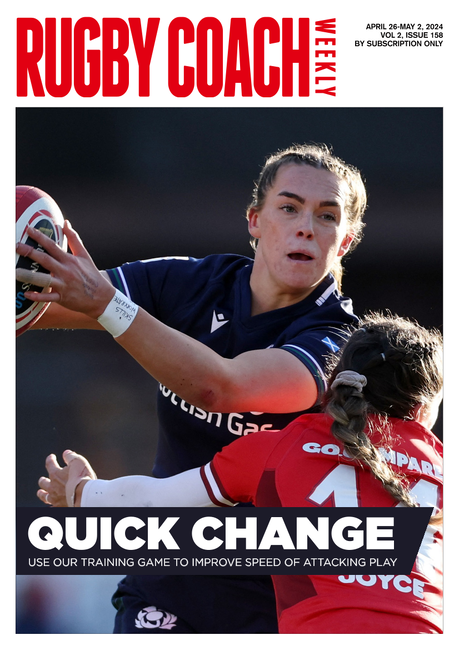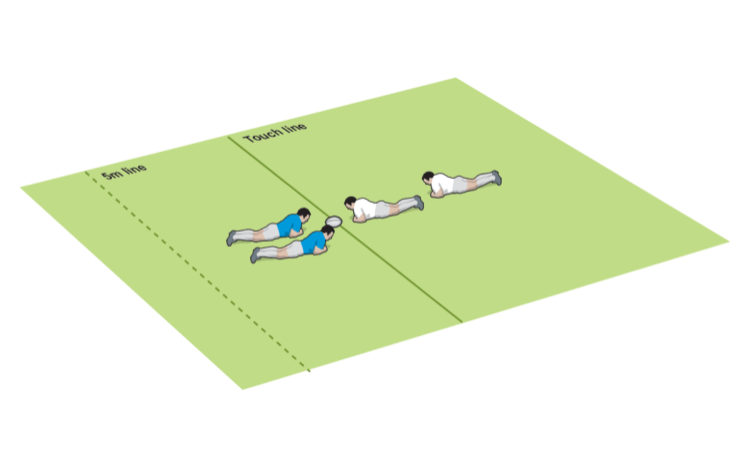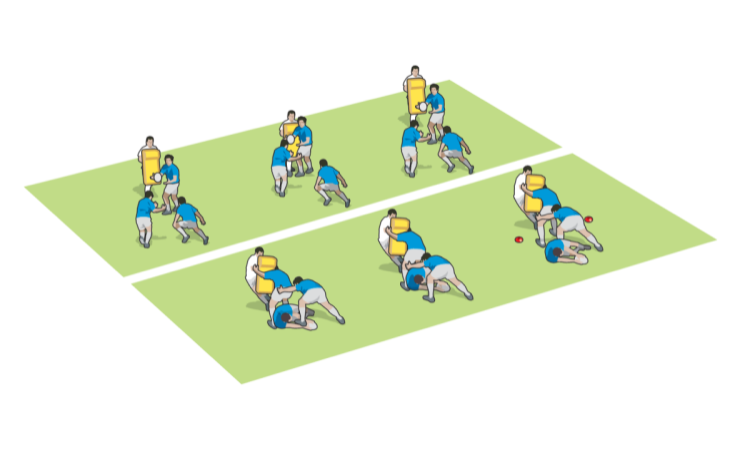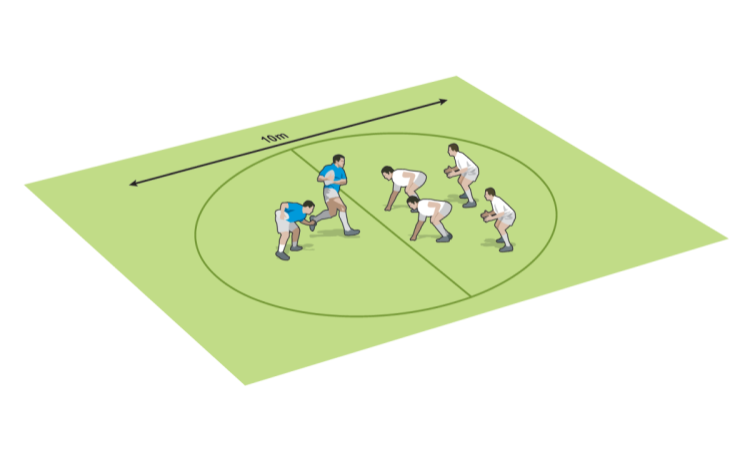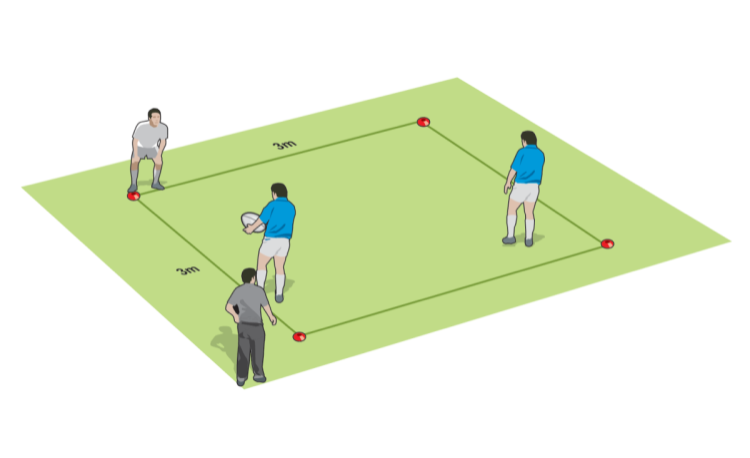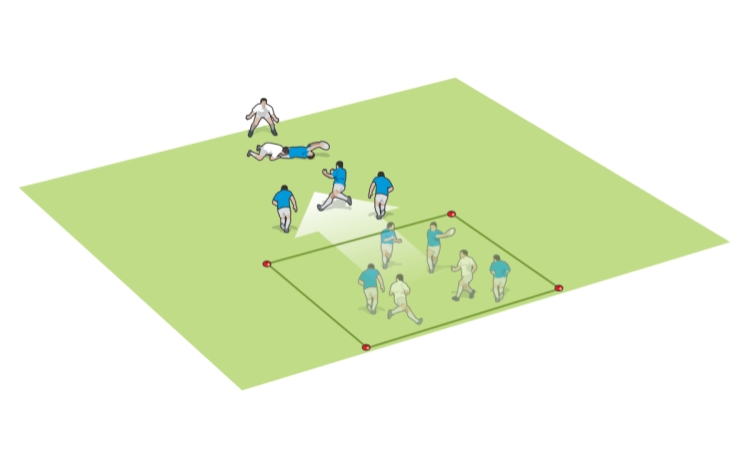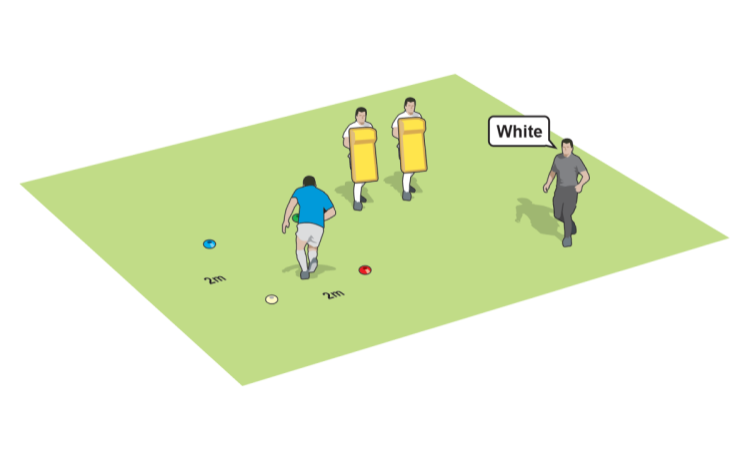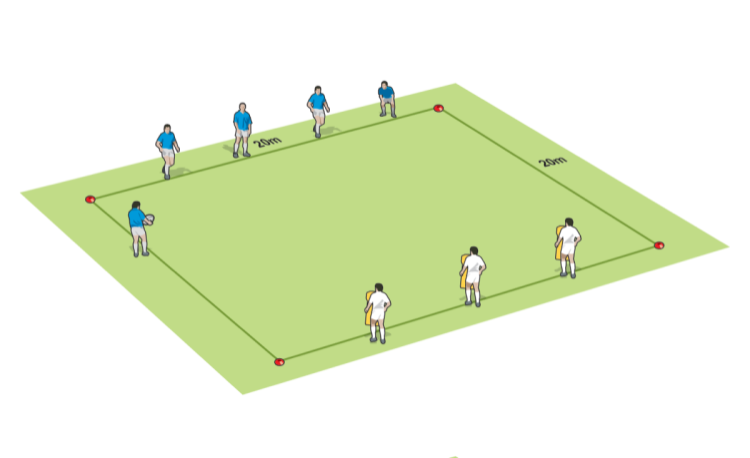You are viewing
1 of your 2 free articles
Rugby coaching drill to improve rucking skills
Key rugby coaching tip for rucking skills
- You should always check for good body angles, with the players going from low to high, and being balanced so they don't come off their feet.
What you tell your players the rugby coaching session is about
- Hitting rucks square and strong.
- Getting into positions to make a difference at the ruck.
What to think about in the drill
Picking threats. Rucking grids highlight the problems of getting into a good body position before the ruck. They also show that players need to make a difference when they arrive at the ruck. To do this, they need to identify which players are the threats and target them to drive out.
Staying on the feet. A current focus of referees is ensuring players stay on their feet. Watch this carefully in the rugby coaching drills. There is a trade-off between generating power before the "hit" and maintaining balance. This practice should help players understand their limitations.
Run the drill
- Place three pairs of players back-to-back in the middle of one side of each square (as in the "Rucking grids" picture below).
- Standing behind the players and facing into the squares, throw the ball to one of the players facing you. He turns and attacks through the square, while his partner turns to tackle him. The other pairs join in to contest the ruck.
What to call out
- "Identify and take out threats."
- "Dip your hips before contact."
- "Keep your eyes open for as long as possible."
Develop the rugby coaching drill
- Move one or two of the pairs further into the squares to change the angles.
- Add a defender and attacker to one of the edges to create a different scenario.
- Throw the ball over the pairs into the squares.
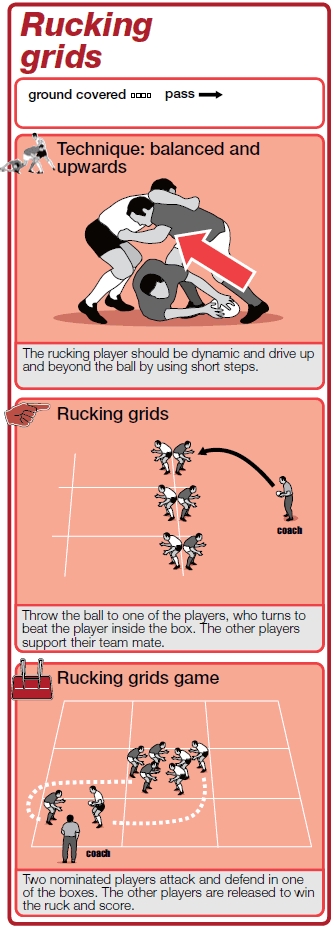
To get more ready-made rugby coaching sessions delivered direct to your inbox, click here to subscribe to Smart Sessions Advanced Skills, my weekly training plans for coaches of more experienced players looking to improve their team's performance.
Each Smart Sessions Advanced Skills contains a detailed plan split into three sections so your players learn new skills, develop them and then implement them in a game situation.
Click here for more rugby coaching tips to help your players ruck effectively.
Newsletter Sign Up
Coaches Testimonials

Gerald Kearney, Downtown Las Vegas Soccer Club

Paul Butler, Florida, USA

Rick Shields, Springboro, USA

Tony Green, Pierrefonds Titans, Quebec, Canada
Subscribe Today
Be a more effective, more successful rugby coach
In a recent survey 89% of subscribers said Rugby Coach Weekly makes them more confident, 91% said Rugby Coach Weekly makes them a more effective coach and 93% said Rugby Coach Weekly makes them more inspired.
Get Weekly Inspiration
All the latest techniques and approaches
Rugby Coach Weekly offers proven and easy to use rugby drills, coaching sessions, practice plans, small-sided games, warm-ups, training tips and advice.
We've been at the cutting edge of rugby coaching since we launched in 2005, creating resources for the grassroots youth coach, following best practice from around the world and insights from the professional game.


